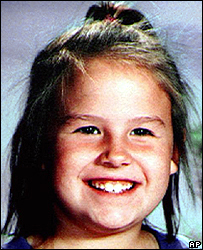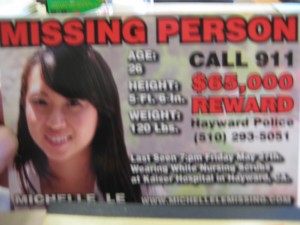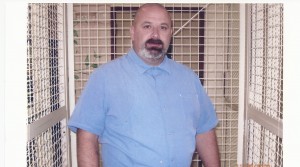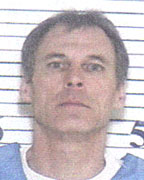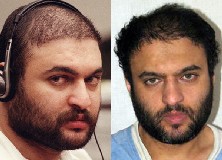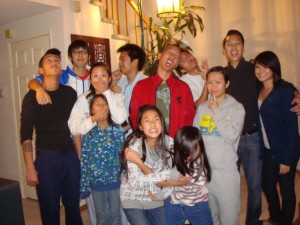One benefit of Proposition 35 that has received little attention is the mandate to bridge Megan’s Law into the 21st Century. Together we can create a safer California by requiring all registered sex offenders to include Internet identifiers as a component of the registration process.
Sex offender registration and community notification, otherwise known as Megan’s Law, was adopted by all 50-states and the Federal government in the mid 1990’s. Megan’s Law is based on the premise that, because of their propensity to reoffend, convicted sex offenders pose a threat to society. Therefore, the public benefits by knowing where they live in the community.
The Internet was not the ubiquitous presence that it is today when Megan’s Law was enacted, so email addresses, IM handles and other Internet identifiers were not included as a component of the registration process. Prop 35 changes that by requiring registered sex offenders to provide email addresses, social networking profiles and other online identifiers so that social networking sites can scour relevant profiles from their online communities.
The concept of convicted sex offenders including their Internet identifiers as a component of the sex offender registration process is not new. It was successfully legislated in New York in 2008 and has thus far been responsible for removing more than 24,000 sex offender profiles from social networking sites like Facebook and MySpace.
Eighty-two percent of California’s 98,569 registered sex offenders are compliant. This means that they obey the terms of the law, disclose the personal, identifying, employment and other information that is required by the sex offender registration process. There is every reason to believe that once Prop 35 becomes law they will also include their Internet identifiers.
Since the California State Legislature has demonstrated an unwillingness to take these reasonable steps to protect kids who go online, Prop 35 will enable government to use this administrative procedure to stop sexual predators from using the Internet to prey on innocent children. By voting for Prop 35 California’s citizens can take control of our own future.
Proposition 35 will protect California’s children by increasing penalties against human traffickers and online predators, requiring convicted sex traffickers to register as sex offenders, requiring all registered sex offenders to provide authorities with information about their internet accounts, and using the fines against convicted traffickers to pay for victim services.
The days of allowing human traffickers and cyber-perverts to use the Internet to troll for innocent children can end now. So, join me, a huge bi-partisan coalition of elected officials, law enforcement agencies and fraternal organizations representing more than 90,000 sworn law enforcement personnel, and virtually every victim’s rights organization in California and vote YES on Proposition 35 when you step into the voting booth next Tuesday.





